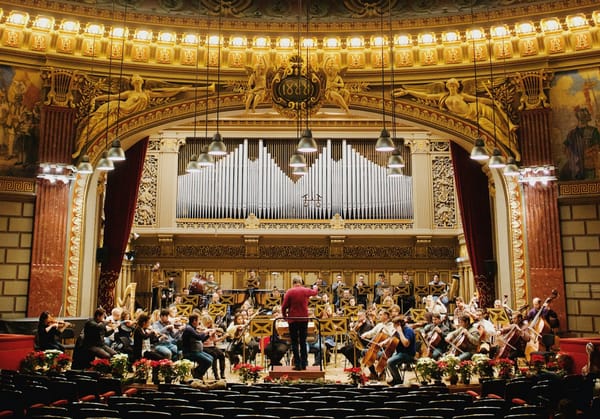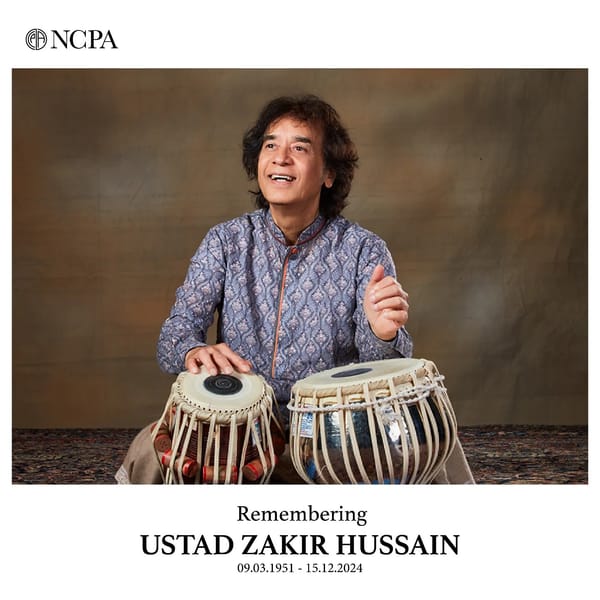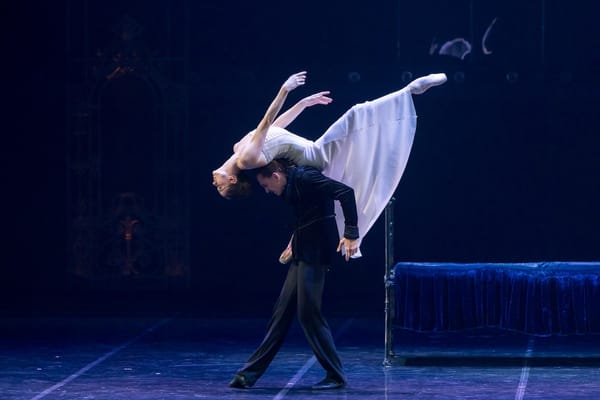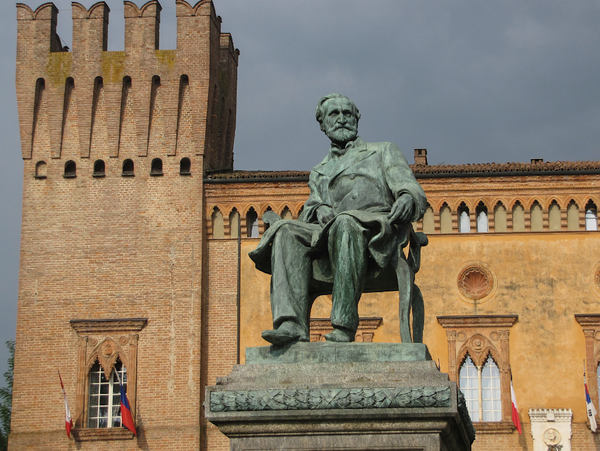Bach’s Coffee Cantata: A Humorous Masterpiece Blending Music, Society, and Caffeine
Explore Bach’s Coffee Cantata, a witty and charming work that delves into 18th-century coffee culture, family dynamics, and musical brilliance, offering a delightful glimpse into the lighter side of classical music.
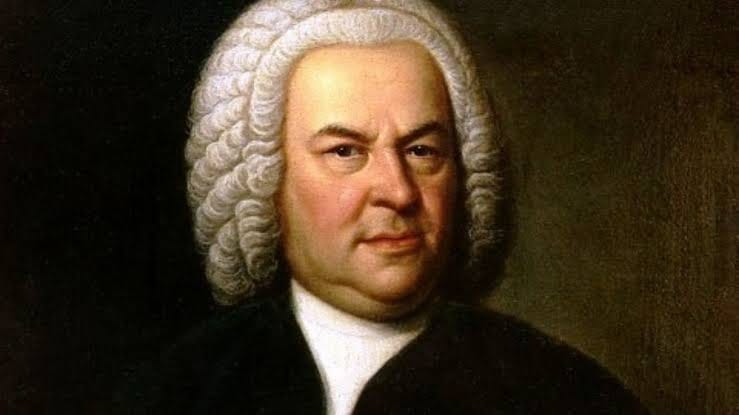
Johann Sebastian Bach, a name synonymous with the Baroque era, is often celebrated for his profound sacred works, intricate fugues, and monumental compositions like the St Matthew Passion and The Well-Tempered Clavier. Yet, amidst his vast oeuvre lies a lesser-known gem that reveals a lighter, more playful side of the composer: the Coffee Cantata (Schweigt stille, plaudert nicht, BWV 211). This charming and humorous work, composed around 1732–1734, offers a delightful departure from Bach’s typically solemn and devotional themes. It is a witty exploration of 18th-century coffee culture, family dynamics, and societal norms, all set to music that is as engaging as it is sophisticated.
The Context: Coffee in 18th-Century Leipzig
To fully appreciate the Coffee Cantata, it is essential to understand the cultural backdrop against which it was written. Coffee, introduced to Europe in the 17th century, had become a fashionable and controversial beverage by Bach’s time. In Leipzig, where Bach served as the Thomaskantor, coffeehouses were thriving social hubs, attracting intellectuals, artists, and merchants. However, the drink’s growing popularity also sparked debates about its effects on health and morality, particularly among women, who were increasingly frequenting coffeehouses.
The Coffee Cantata reflects this cultural phenomenon, using humour and satire to comment on the societal tensions surrounding coffee consumption. The libretto, written by Christian Friedrich Henrici (known as Picander), tells the story of a father, Schlendrian, who is exasperated by his daughter Liesgen’s addiction to coffee. The cantata’s light-hearted tone and relatable subject matter make it a unique and accessible work within Bach’s repertoire.
The Plot: A Father-Daughter Tug-of-War
The Coffee Cantata is a secular cantata, or dramma per musica, consisting of ten movements that alternate between recitatives and arias. The narrative unfolds as a comedic dialogue between Schlendrian and Liesgen, with a narrator (the tenor) setting the scene and providing commentary.
The cantata opens with the narrator introducing Schlendrian, a stern and traditional father who is determined to curb his daughter’s coffee habit. In the first recitative, Schlendrian laments Liesgen’s stubbornness, declaring that she would rather give up her fiancé than her beloved coffee. Liesgen, in her aria, responds with unwavering devotion to the beverage, singing, “Ah! How sweet coffee tastes! Lovelier than a thousand kisses, smoother than muscatel wine.”
The tension escalates as Schlendrian attempts to impose increasingly drastic measures to break Liesgen’s addiction. He threatens to withhold new dresses, forbid her from attending social gatherings, and even denies her a husband. Liesgen, however, remains defiant, cleverly outmanoeuvring her father at every turn. In a final act of desperation, Schlendrian declares that he will not allow her to marry unless she gives up coffee. Liesgen appears to concede, but in a twist ending, she secretly vows to include a clause in her marriage contract guaranteeing her right to drink coffee.
The cantata concludes with a moralising trio, in which the narrator, Schlendrian, and Liesgen join forces to remind the audience that coffee is a harmless pleasure and that parents should not be too strict with their children.
Musical Brilliance: Bach’s Wit and Ingenuity
While the Coffee Cantata is often praised for its humour and relatability, it is also a testament to Bach’s musical genius. The work showcases his ability to blend technical mastery with expressive storytelling, creating a piece that is both intellectually satisfying and emotionally engaging.
The arias are particularly noteworthy for their characterisation and thematic development. Liesgen’s aria, “Ei! wie schmeckt der Coffee süße”, is a lively and effervescent piece that captures her joy and enthusiasm for coffee. The melody is playful and dance-like, with intricate ornamentation that mirrors the bubbling energy of the beverage. In contrast, Schlendrian’s aria, “Hat man nicht mit seinen Kindern”, is more rigid and formal, reflecting his authoritarian personality.
Bach’s use of instrumentation further enhances the narrative. The cantata is scored for a small ensemble, including strings, flute, and continuo, creating an intimate and conversational atmosphere. The flute, in particular, plays a prominent role in Liesgen’s arias, its bright and agile timbre symbolising her youthful exuberance.
The final trio, “Die Katze lässt das Mausen nicht”, is a masterful example of Bach’s contrapuntal skill. The three voices intertwine seamlessly, each maintaining its distinct character while contributing to the overall harmony. The text, which compares Liesgen’s love of coffee to a cat’s instinct to chase mice, is delivered with a sense of playful irony, underscoring the cantata’s light-hearted tone.
A Reflection of Society and Gender Roles
Beyond its musical and comedic merits, the Coffee Cantata offers a fascinating glimpse into 18th-century society and gender dynamics. The work reflects the growing independence of women during this period, as well as the anxieties this independence provoked among the patriarchal establishment.
Liesgen’s defiance of her father’s authority can be seen as a metaphor for the broader social changes taking place in Bach’s time. Coffeehouses, once exclusive male domains, were increasingly becoming spaces where women could socialise and express themselves. This shift was viewed with suspicion by some, who feared that coffee consumption would lead to moral decay and the erosion of traditional values.
The Coffee Cantata subtly critiques these concerns, presenting Liesgen as a strong and resourceful character who ultimately triumphs over her father’s attempts to control her. The final message—that coffee is a harmless indulgence and that parents should not be overly restrictive—suggests a more progressive attitude than one might expect from a composer often associated with religious conservatism.
Legacy and Relevance
Today, the Coffee Cantata remains a beloved and frequently performed work, cherished for its humour, charm, and musical brilliance. It serves as a reminder that Bach, often perceived as a serious and austere figure, was also capable of great wit and levity.
The cantata’s themes of generational conflict, societal change, and the pleasures of everyday life continue to resonate with modern audiences. In an age where coffee culture is more pervasive than ever, the Coffee Cantata feels remarkably contemporary, offering a humorous and insightful commentary on our own relationship with this ubiquitous beverage.
For classical music enthusiasts, the Coffee Cantata is a delightful addition to Bach’s oeuvre, showcasing his versatility and humanity. It invites us to appreciate the lighter side of classical music, reminding us that even the greatest composers were not immune to the joys and follies of everyday life.
Conclusion
Bach’s Coffee Cantata is a masterpiece of wit, charm, and musical ingenuity. It captures the spirit of its time, reflecting the cultural and social tensions surrounding coffee consumption in 18th-century Leipzig. Through its engaging narrative, vivid characterisation, and exquisite music, the cantata offers a unique window into Bach’s world, revealing a composer who was as attuned to the pleasures of life as he was to its profundities.


